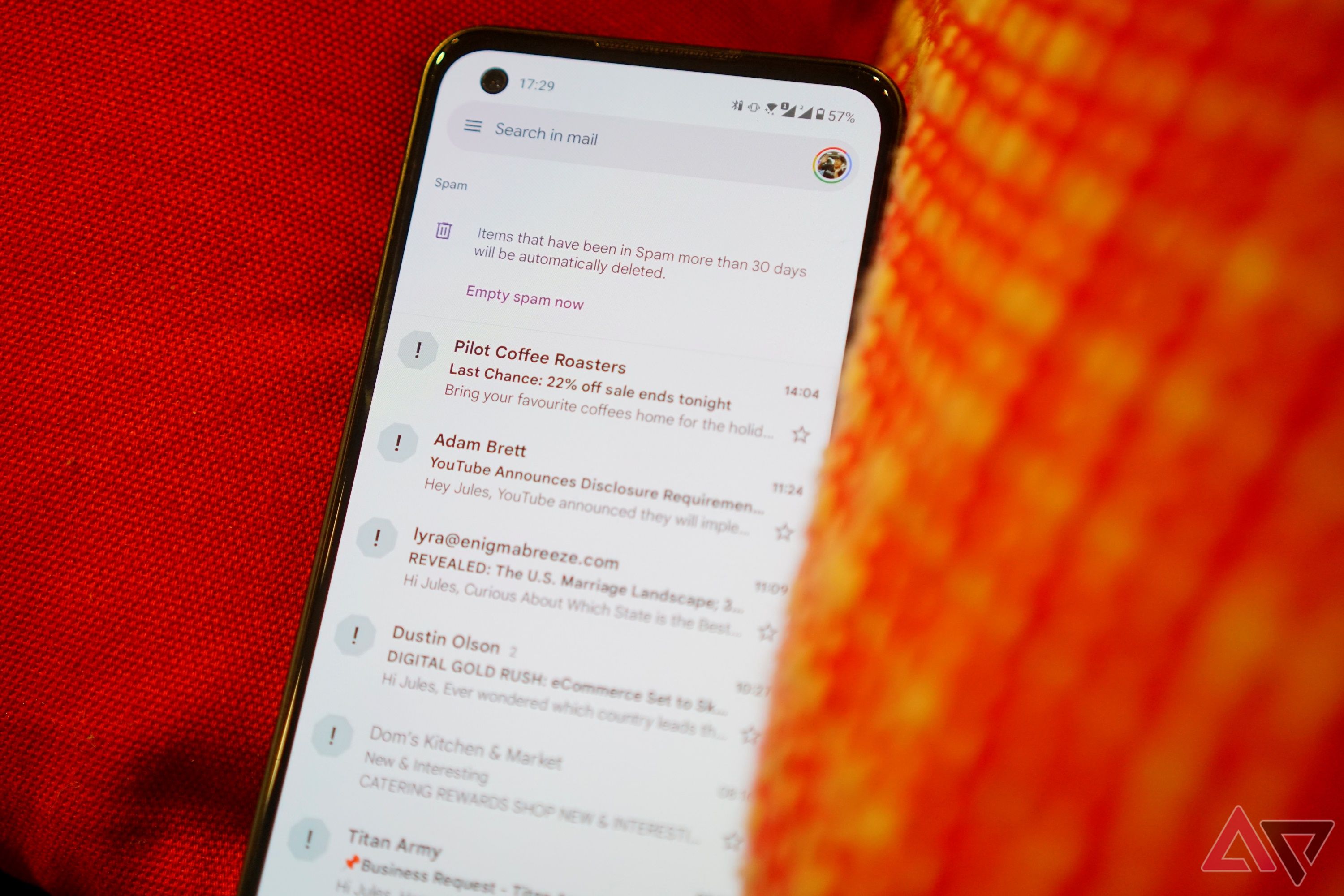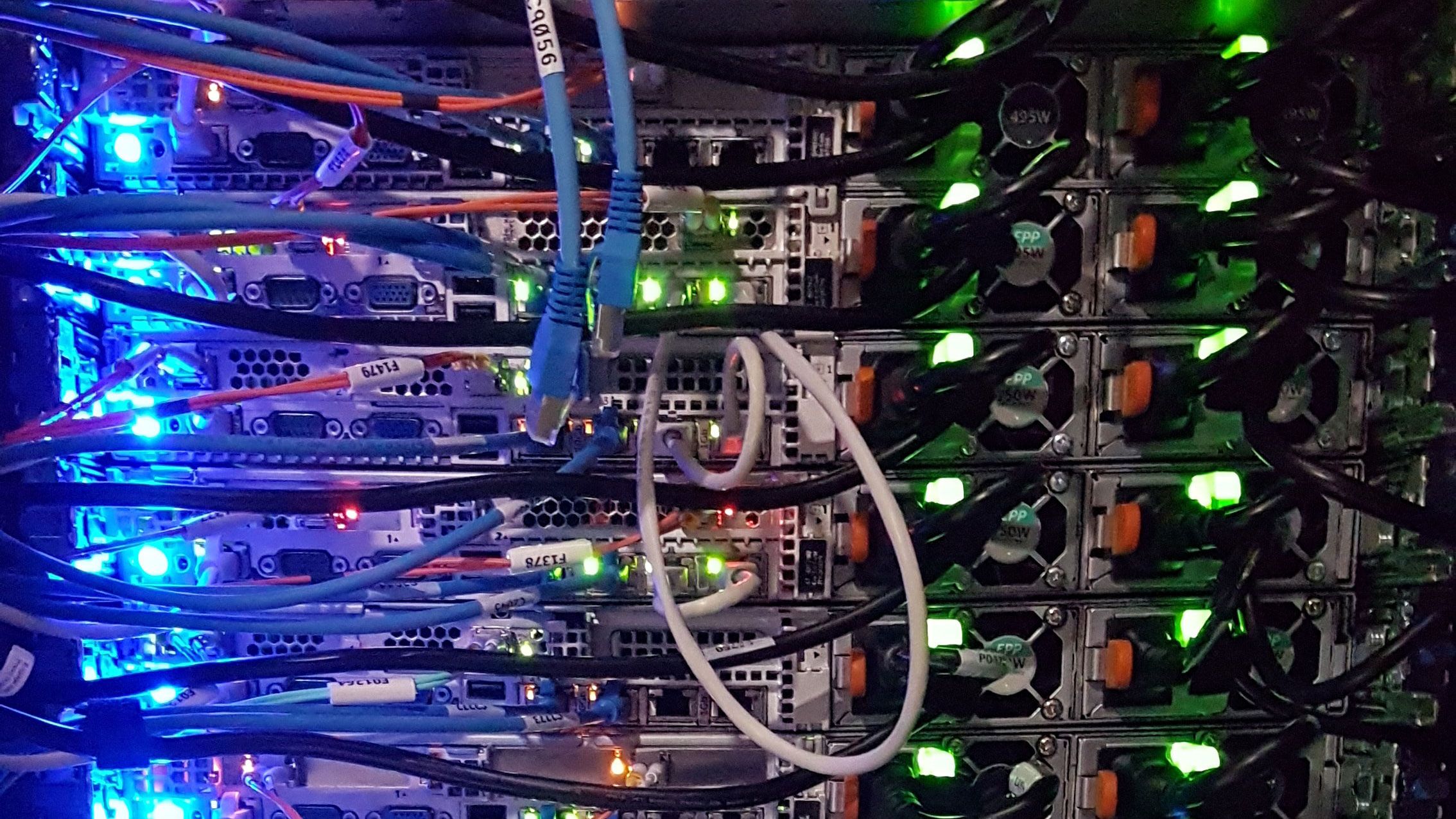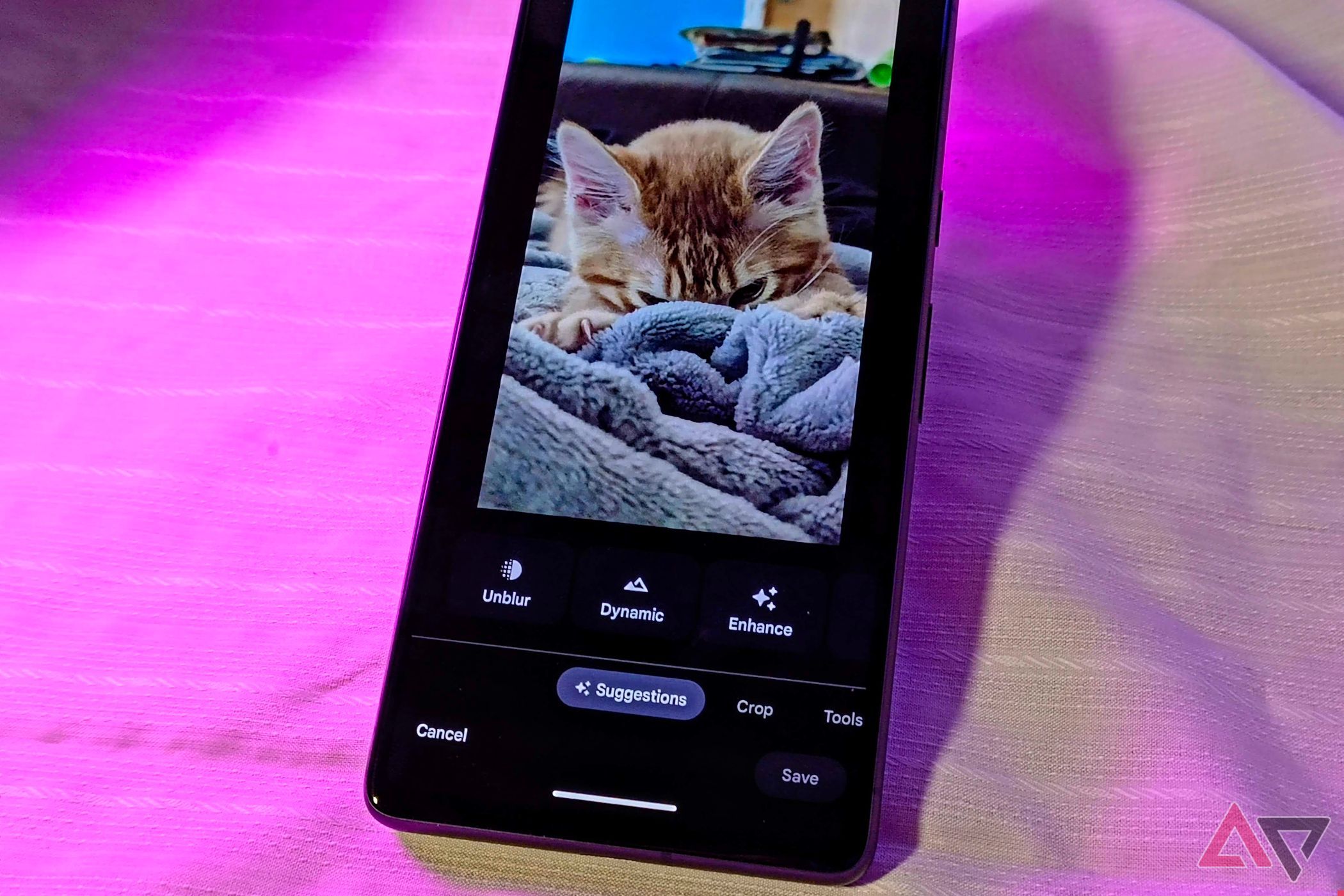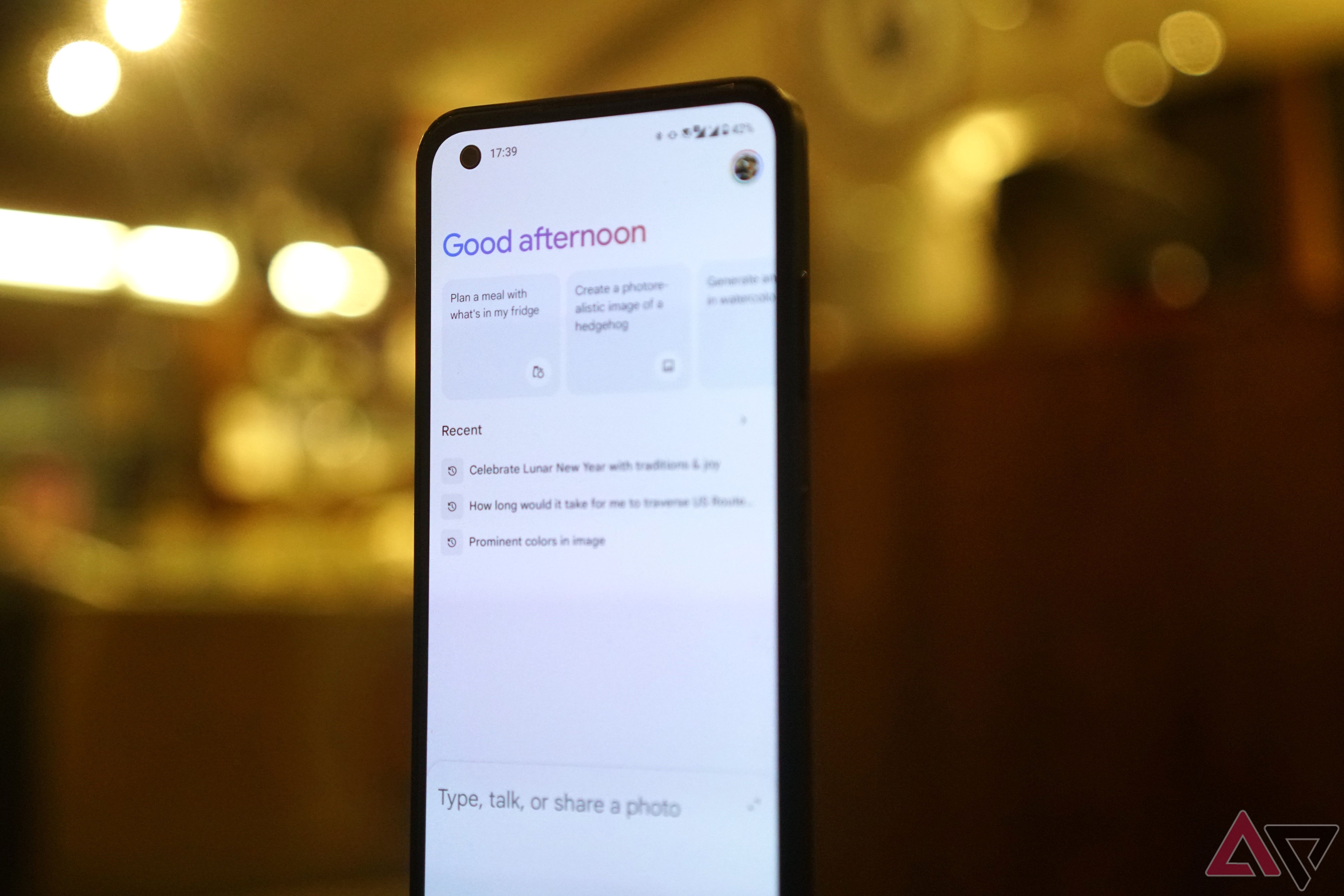Google surprised everyone when it upped the storage in Gmail from 1GB to 2GB in 2005, and the company was one of the few services that offered such a large amount of storage for storing emails. As the years went by and the industry kept evolving, the software giant settled for 15GB of storage, shared across the entire Google account.
The presently provided capacity is plentiful for general users to manage their emails and messages, store files in Google Drive, and other backups of their devices. Some, including myself, would argue that 15GB of storage is more than enough for general users, and at the end of the day, what matters is that you can send, receive, and manage your emails safely, knowing that everything you do will be kept safely.
However, it’s 2024, and files have become larger, emails now feature additional rich content such as images, gifs, and sometimes even videos. Attachments range from a few hundred kilobytes to up to 50 megabytes, and it’s clear that more storage is needed to store the vast amount of online data.
So why isn’t Google giving users more free storage?
15GB is enough for most users
While 15GB of storage might not sound like a lot, it’s arguably more than enough for most people. For somebody like our parents, the elderly, and non-power users, 15GB of storage offers enough space and flexibility to go about their everyday lives without thinking about how they will store their files and receive emails.
The capacity is enough to receive emails from friends, family, coupons, and other marketing material to stay up-to-date. Emails take up very little space, and while photos and videos in Google Photos and Google Drive could quickly add up, the built-in storage saver option does an outstanding job minimizing file sizes while retaining the original quality. And let’s face it, many people with Google in the US have iPhones with an entirely separate backup and file storage system — they may not even need any storage on Drive and Photos.
Google automatically deletes spam and nonessential files from the bin
Google has also done a great job cleaning up junk and spam over the years, and all emails in the bin folder get deleted after 30 days. The same is true for deleted files in Google Drive, and for content removed from Google Photos, a 60-day window is applied.
The main reason why Google won’t give users more free storage
Google is a business, and it needs to pay for resources, maintenance, and cover running costs
But perhaps the most apparent reason why Google is unlikely to increase its free storage tier is because it is a business, and businesses need to make money.
Imagine a world where Google gives out unlimited storage. While an advertising company the size of Google would be happy to take advantage of the additional data, it could quickly become exorbitant in maintenance costs. Data centers are expensive to build and maintain. Storage space has become cheaper in recent years, even for enterprise customers, but it’s still a lot when a company like Google serves billions of users worldwide.
Do you remember when Google offered Pixel users unlimited storage in Google Photos?
The company backtracked on that promise a few years later as storing all the user-uploaded data became harder to maintain and too expensive. Additionally, some users have figured out a way to manipulate the system by uploading content that wasn’t part of the supported file format and structure, and the company had to reintroduce paid plans to help with the increased costs.
There are benefits to paying for more storage
Google has opted for a smart marketing technique to help incentivize people to upgrade to higher storage tiers with its Google One brand. Users who rely on Gmail, Google Drive, and Google Photos are given additional features with paid Google One storage tiers, enabling them to use a VPN, receive cashback from the Google Store, premium calling features, monitor the dark web, and now, the ability to use the Gemini Advanced AI model. In fact, the Google One AI tier is the only way to get access to Gemini Advanced with a personal Google account.
All that said, there’s a possibility Google could increase the free storage tier in the future, but as things stand, that’s likely many more years away. It is fair to assume that the software giant will figure out a way to shrink files further, and compress them without affecting the quality too much before that happens.









